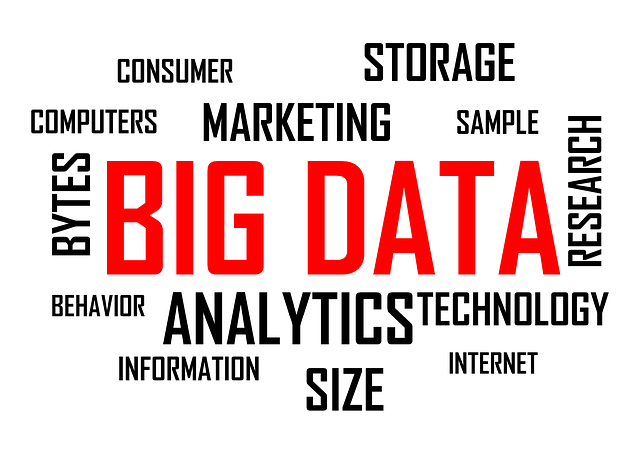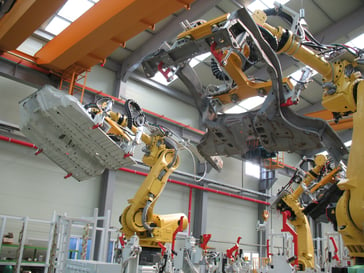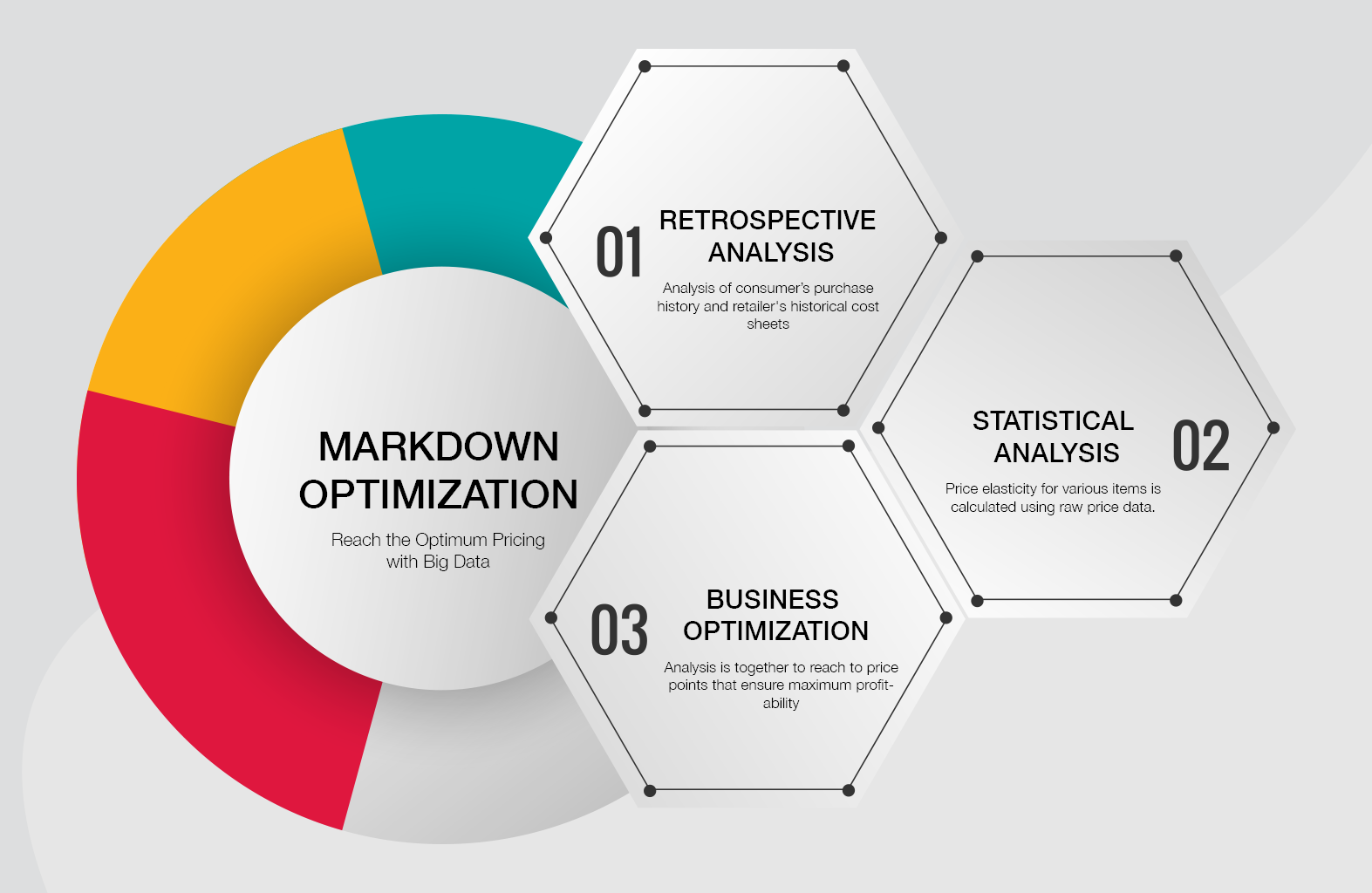Big Data is building it’s uses cases across industries and manufacturing is no different. The biggest problems in manufacturing from product quality assurance to supply chain management can all be solved with Big Data. The speciality of Big Data does not lie in solving the problem at its core but in pointing at the root cause of it. Some of the complex manufacturing processes like biopharmaceuticals manufacturing have more than 200 variables and if something goes wrong, it becomes insanely difficult to find the root cause of the problem let alone solving it. Big Data combined with advanced analytics brings forth the core reason of the problem, the variables that will affect the end product and core revenue driving products - all key performance areas for any manufacturing unit. Currently, Big Data in manufacturing offers a host of possibilities for the companies. Let’s have a look the top 5 ways how Big Data is impacting manufacturing industries.
5 Ways Big Data is Impacting Manufacturing Units:

1. Quality Production:
Big Data enables manufacturing companies to leverage Lean and SixSigma Programs which help to reduce waste and variability in production. Processing of complex products like pharmaceuticals and chemicals can have extreme ranges of variations accounting for the number of complexities involved in the production. By using advanced analytics manufacturers can analyze key performance indicators and take rectification steps for the same. Out of hundreds of factors affecting production if manufacturers are able to solicit 10 areas requiring attention than they can make management by exception a reality for themselves.
2. Demand forecasts:
The demand for many goods is seasonal in nature. While for some it is evident for the majority it is not. You will know that you will need umbrellas in monsoon but can you tell how demand for iron will fluctuate according to the export and import rates, country’ reputation, whether, availability of resources in depending industries and government initiatives, combined. Sure no individual can but Big Data has made this possible. By estimating the quantity demanded with greater precision manufacturers can create products in anticipation of demand leading to price stability and continuous growth.
3. Faster Customer Service:
Big Data is all about analysis and prediction. Analyzing market trends and customer emotions can result in faster customer service. Consider this scenario for your clarity, a electronics company dispatches a good to its customers which are defective. Upon analysis, it is predicted that the product is showing abnormal behavior is highly humid areas. Now even before receiving many complaints, it can start formulating a strategy to deal with such defects. This way when some consumers actually file a complaint the company can immediately offer action steps to deal with the issue.
4. Identifying Plant Performance:

A manufacturing plant consists of several parts which produce goods upon working in harmony with each other. In the case of a drop in quality or quantity of production, it becomes difficult to analyze the core part impacting production. Manufacturers either have to analyze the plant from tip to toe or wait for the issue to become prominent enough to account any one part of manufacturing process responsible for the issue. With Big Data analytics producers can intelligently analyze the issue causing trouble and make necessary amends without waiting for the issue to become serious.
5. Managing Supply Chain Risks:
The risks of supply chain prevail from the receiving of raw materials to dispatching final products. By using Predictive Analysis manufacturers can ascertain the delays in delivery due to weather conditions and make necessary precautions. Remedial actions can also be taken in case of natural calamities like floods, earthquake, landslide etc.
Leveraging Big Data can invoolve a lot of hurdles like identifying suitable data, managing analytics, deciding the core principles to use and so on. If you need help in making sense out of your data then feel free to contact us.

Markdown Optimization: How to Maximize Revenue with Precision Pricing
Retailers often face difficulties in optimizing their pricing for different seasons. In the peak season, they need to determine the opening price and...





